By now, most wineries are fully staffed with not only year-round staff but also seasonal ‘temp’ staff. It’s a busy time in the tasting room and there are plenty of moving parts. Each one of our team members – whether permanent or temporary – represents our brand. We want it to be presented by different staff the same way, with the same vision or ‘voice’ and standards. Our guests aren’t going to know – and frankly shouldn’t know – what type of staff member they are interacting with. We need to help our staff be a successful, well-run team. With so much going on, it’s difficult to keep everyone on the same page whether it’s ‘what’s on the agenda today’ or ‘here’s how we treat our guests.’
Here are some ideas to keep the team working together and everyone paddling the boat in the same direction:
Backstage
Bad customer experiences usually happen when our backstage is not running smoothly or is inadvertently “showing.” Two areas that are usually the reason why things fail: lack of organization ahead of time, communication.
A quick refresher – think of each winery experience as a production or a performance (this is the stage and includes everything the guest sees, hears, touches, smells). The “backstage” is all the things behind the scenes that need to take place in order make sure there is a great front stage performance. You never want your backstage to be showing in front of the guests.
- Physical Backstage. Ensure everything is ready to go before guests arrive. Even if things go off the rails, guests will never know if we stay prepared. Think of the swan. Above the surface, all they see is grace. Beneath the surface those webbed feet may be paddling like mad, but they’d never know. That’s grace under pressure. Never let them see us sweat.
- Verbal Backstage. This refers to any inappropriate attitude or comments made in front of the guests. As part of your communications, make sure your team is aware of what is appropriate to talk about in front of guests (and how they should communicate with them) but also how to take things off-line or backstage. No one wants the magic ruined, so communicate that if it’s not part of the wonder of the experience to table the discussions until a more appropriate time.
Communications
The best way to make sure everyone understands what is going on and what is expected from each of them is to communicate. In this busy season, over-communicating may not even be possible.
- Quick Meetings. One way to help ensure the team is aware of what is going on is to have a daily 15 minute meeting – or at least on the high-traffic days. Review all your ‘housekeeping’– what appointments are booked, who is assigned to which task, how many buses are expected, etc. Review the goals – what they are, where you stand, etc. Then open the floor and check with the team on any concerns they might be having. Try to iron out all the details as much as possible before the day begins.
- Monthly Meetings. Have a monthly longer meeting to discuss more in depths on the pain points of the team and how to work together to overcome issues. Help them to be successful and try to use the last portion of the meeting for motivation. For example, recognition, goal review (if positive otherwise bring it up sooner), top sales people, etc. Focus on the teams’ strengths.
- Communications Board/Binder… or however it is most effective for your team to find new or updated information that isn’t verbal…just in case they missed the email, meeting, etc.
Training
Every time a new person starts a job – no matter how skilled or unskilled – a certain amount of training is required in order for them to perform their assigned tasks to suit the specific needs of the winery. Train all employees, not just seasonal employees, to understand and embody the brand’s commitment to their guests’ experience. Give them training that encompasses skills that build rapport and trust with our guests, skills that differentiate our brand, and skills that help them sell professionally and naturally, are all ways to prepare staff to own the customer experience.
Here are some ways to help augment your current training practices:
- Employee Handbook. This is a great way to communicate a lot of information to all new hires. Include not only HR, but also operational policies and procedures as well as a training guide (especially on brand messaging, scripts, wine club benefits, sound bites, etc.)
- Choreographing. Create ‘staging’ of the guest experience by coaching staff on which key brand points to cover at specific locations during the tour or at specific intervals during the tasting. This choreographing ensures every guest is afforded the same level of service, education, and experience.
- Sales Training. Training is essential for all staff, whether it’s a refresher or new material for new staff. Create mini-trainings for staff on your wines, winery and procedures. Send team members to be WISE-certified (shameless plug!) or have onsite training.
Staying disciplined in our preparation, training, and communications with the team (and across departments) is critical to captain a well-run tasting room team. Things are warming up – if we’re going to get in the water, we’d better be ready to swim!




